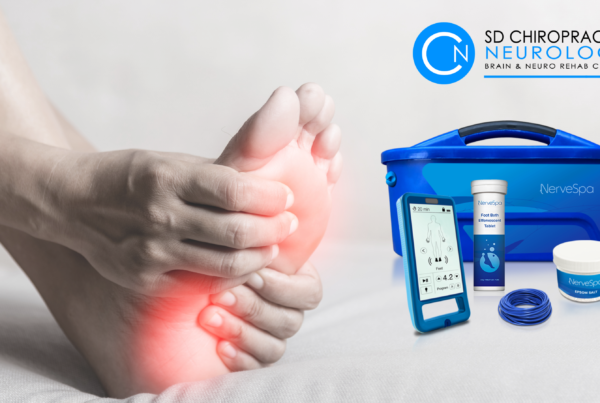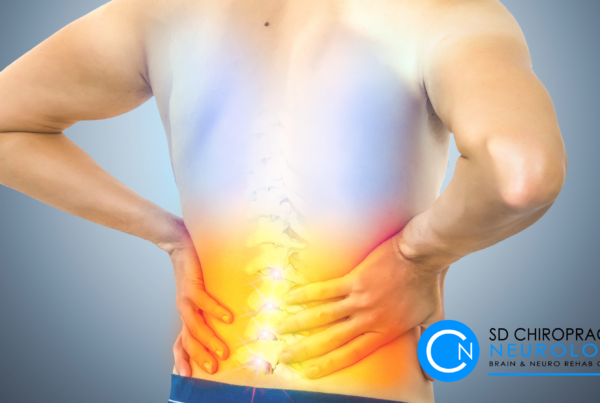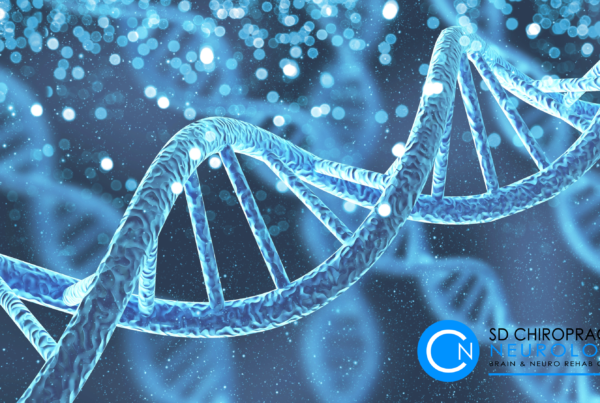
Intro
Imagine your spine as a delicate, intricate highway for signals that connect your brain to every part of your body. Now, picture this highway slowly narrowing, compressing those vital signals. This is the reality for individuals with spinal stenosis. In this blog post, we’ll take a closer look at the enigma of spinal stenosis symptoms, shedding light on its effects and potential treatments.
The Anatomy of Spinal Stenosis
Before we dive into the symptoms, let’s understand the condition. Spinal stenosis is a gradual narrowing of the spaces within your spine, which can put pressure on the nerves that travel through it. This narrowing can occur in the cervical (neck), thoracic (upper/mid-back), or lumbar (lower back) regions of the spine.
The Silent Start: Asymptomatic Phase
In many cases, spinal stenosis might be present for years without causing noticeable symptoms. During this phase, the body compensates for the narrowing, and you might not feel any discomfort. However, as the condition progresses, symptoms can slowly emerge.
The Unwanted Guests: Common Symptoms
a) Pain and Discomfort: Spinal stenosis often causes pain in the affected area. Back pain for lumbar stenosis, neck pain for cervical stenosis, and mid-back pain for thoracic stenosis. The pain may vary from a dull ache to more intense sensations.
b) Numbness and Tingling: As nerves get compressed, you might experience numbness, tingling, or a “pins and needles” sensation. These sensations can radiate to the arms, legs, or even the fingers and toes.
c) Weakness: Muscular weakness can occur due to the compromised nerve signals. This might make activities like lifting objects or walking up stairs more challenging.
d) Limited Mobility: Spinal stenosis can lead to a decreased range of motion. You might find it hard to bend, twist, or perform certain movements without discomfort.
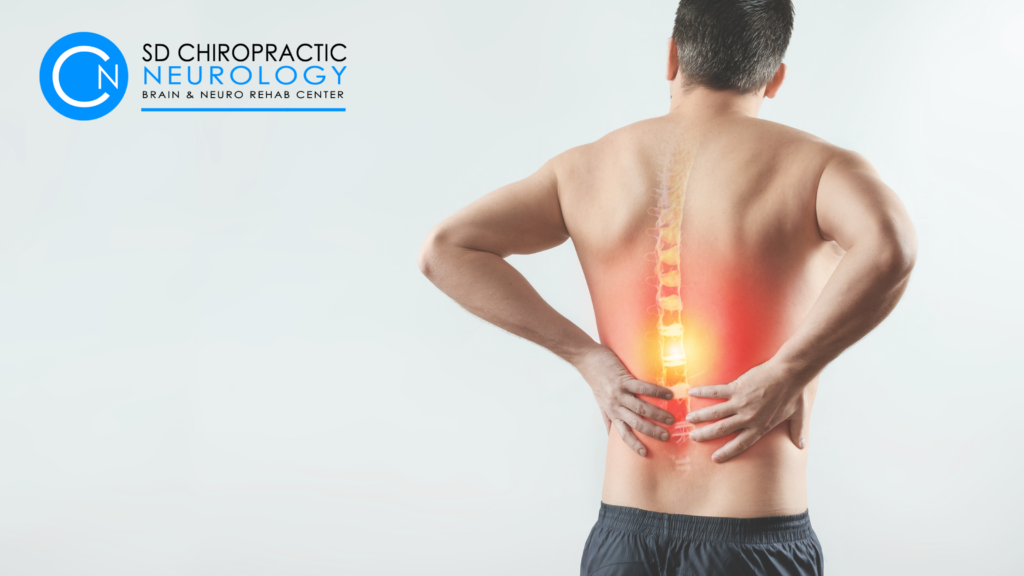 The Dance of Location: Symptom Variation
The Dance of Location: Symptom Variation
The symptoms of spinal stenosis can be location-specific:
- Lumbar Stenosis: Often causes pain, numbness, or weakness in the lower back, buttocks, and legs. Walking or standing might exacerbate these symptoms.
- Cervical Stenosis: Can result in neck pain, tingling in the arms and hands, and even difficulty with coordination and balance.
- Thoracic Stenosis: While less common, this can cause mid-back pain and discomfort radiating around the chest area.
Triggers and Aggravators
Certain activities or positions can trigger or worsen spinal stenosis symptoms. Prolonged standing or walking, leaning backward, or even just sitting for extended periods can intensify the discomfort.
Seeking Relief and Treatment
If you suspect spinal stenosis or experience any of the symptoms mentioned, seeking medical advice is crucial. Your healthcare provider can conduct a thorough evaluation, including physical exams and diagnostic tests like MRI or X-rays. Treatment options may range from conservative approaches such as non-surgical spinal decompression, physical therapy, pain management, and chiropractic care to more advanced interventions like surgery in severe cases.
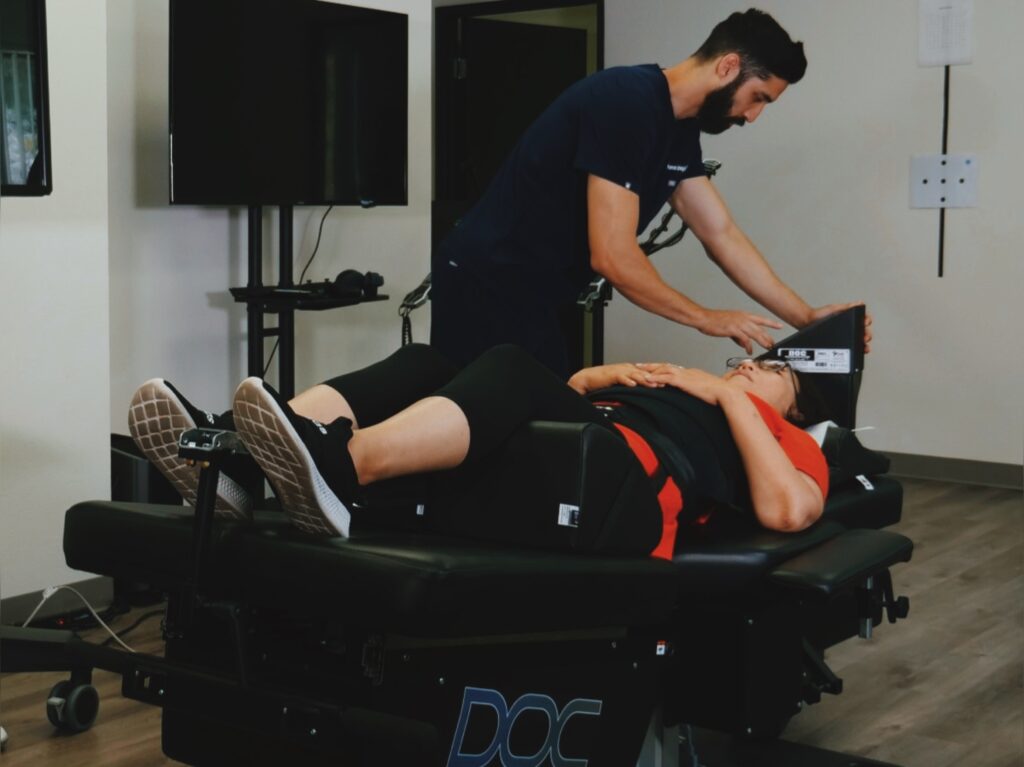 Conclusion
Conclusion
Spinal stenosis symptoms may start as a subtle whisper but can crescendo into a significant challenge over time. Knowing the signs, being attentive to your body, and seeking timely medical intervention can pave the way to effective management. Remember, understanding your body’s signals is the first step towards regaining control and enjoying a more comfortable life.


